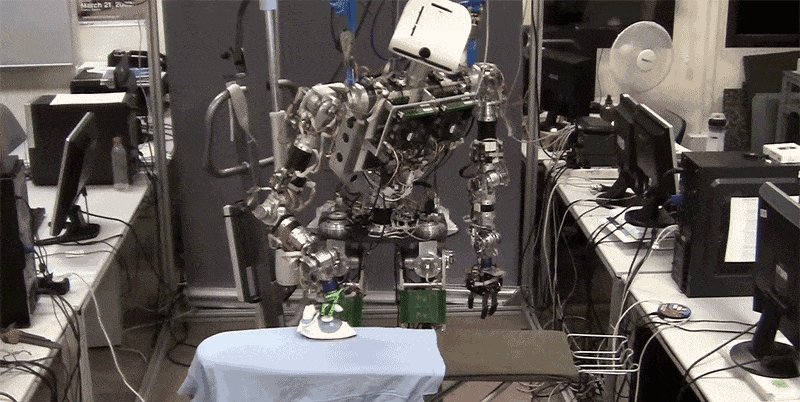Engineering
MIT Engineers Revolutionize Electronics with 3D Printed Solenoids
Engineers at MIT have achieved a remarkable feat in electronics manufacturing: the creation of fully 3D-printed solenoids. These electromagnets, pivotal components in electronic devices, are poised to revolutionize industries worldwide.
The democratization of technology lies at the heart of this advancement. By leveraging 3D printing technology, MIT is transforming electronics manufacturing, making it more accessible and inclusive. Luis Fernando Velásquez-García, principal research scientist at MIT, emphasizes the global impact of this approach, envisioning a future where capable hardware can be produced anywhere, empowering individuals in remote areas.
While 3D-printed electronics are not entirely new, MIT’s journey was fraught with challenges. Traditional solenoid manufacturing methods required intricate assembly processes and specialized environments. However, by harnessing additive manufacturing, MIT engineers overcame these hurdles, enabling the production of solenoids of any size and shape with unparalleled efficiency and precision. Central to their success was customizing a commercial 3D printer to accommodate multiple materials seamlessly. This allowed for the precise layering of dielectric, conductive, and soft magnetic materials essential for solenoid fabrication. Despite initial skepticism, extrusion printers proved instrumental, enabling multi-material printing and monolithic structures. The resulting 3D-printed solenoids exceeded expectations, boasting magnetic field strengths three times greater than conventional counterparts. This breakthrough opens doors to myriad applications, from miniature sensors to advanced robotics, thanks to their compact size and enhanced efficiency.
Looking ahead, MIT engineers are committed to refining their processes and exploring alternative materials. By optimizing temperature control and deposition methods, they aim to expand the possibilities of 3D-printed electronics, paving the way for future innovations. Supported by funding from the Empiriko Corporation, this research highlights the transformative power of collaboration and innovation. As MIT continues to push the boundaries of 3D-printed electronics, the world eagerly awaits the emergence of new advancements and breakthroughs. With each milestone, the potential for further exploration grows. From healthcare to space exploration, the impact of 3D-printed electronics knows no bounds, shaping the future of manufacturing and technology on a global scale.
- ← Previous
- 1
- 2
- 3
- Next →


